Kingdom Animalia Subphylum Vertebrata Suborder Serpentes Scientific name Coluber constrictor Rank Species | Phylum Chordata Order Squamata Family Colubridae Higher classification Coluber | |
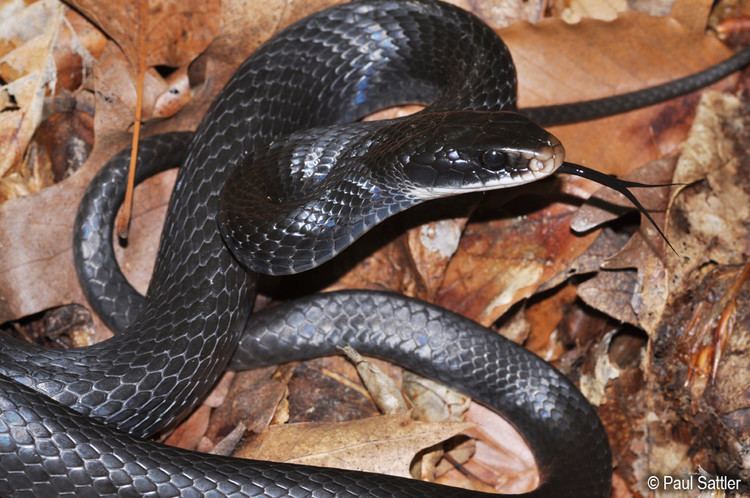 | ||
Lower classifications Southern black racer, Coluber constrictor foxii, Coluber constrictor flaviventris, Coluber constrictor anthicus, Coluber constrictor oaxaca | ||
Coluber constrictor foxii commonly known as the blue racer snake
Coluber constrictor is a species of nonvenomous, colubrid snake, endemic to North America and Central America. Eleven subspecies, including the nominotypical subspecies, are recognized, which as a group are commonly referred to as the eastern racers.
Contents
- Coluber constrictor foxii commonly known as the blue racer snake
- Handling my black racer coluber constrictor spp
- Geographic range
- Description
- Behavior
- Habitat
- Reproduction
- Symbol
- Subspecies
- References

Handling my black racer coluber constrictor spp
Geographic range
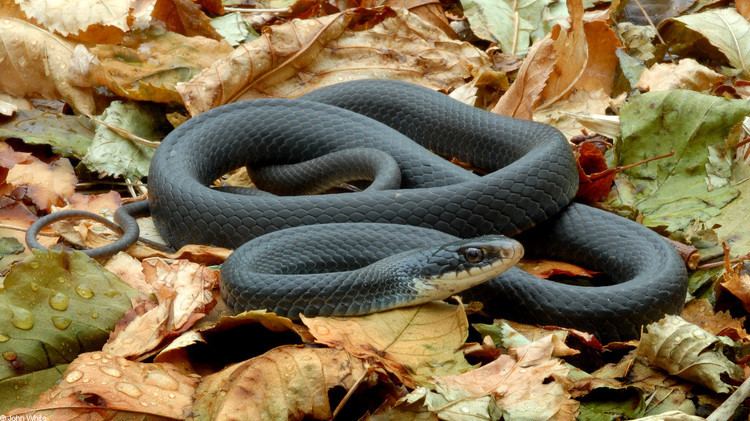
They are primarily found throughout the United States, east of the Rocky Mountains, but they range north into Canada, and south into Mexico, Guatemala and Belize.
Description
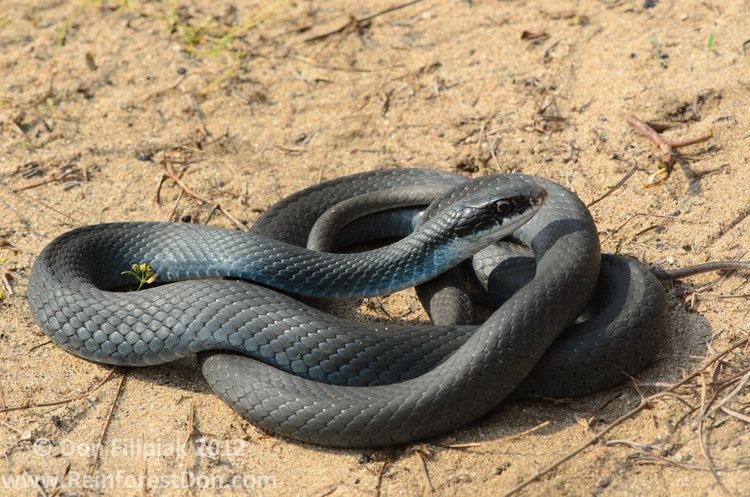
Adult Eastern racers can typically vary from 50 to 152 cm (20 to 60 in) in total length depending on the subspecies, but a record-sized specimen measured 185.4 cm (73.0 in) in total length. A typical adult specimen will weigh around 556 g (1.226 lb), with little size difference between the sexes. The patterns vary widely between subspecies. Most are solid-colored as their common names imply: black racers, brown racers, blue racers, or green racers. "Runner" is sometimes used instead of "racer" in their common names. All subspecies have a lighter-colored underbelly: white, a light tan, or yellow in color. Juveniles are more strikingly patterned, with a middorsal row of dark blotches on a light ground color. The tail is unpatterned. As they grow older, the dorsum darkens, and the juvenile pattern gradually disappears.
Behavior
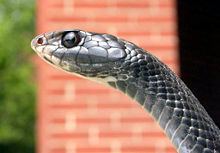
Racers are fast moving, highly active, diurnal snakes. Their diet consists primarily of small rodents, frogs, toads, lizards, and other snakes. Some subspecies are known to climb trees in order to eat eggs and young birds. Juveniles often consume soft-bodied insects, such as crickets and moths. Despite their specific name, constrictor, they do not really employ constriction, instead simply subduing struggling prey by pinning it bodily, pressing one or two coils against it to hold it in place instead of actually suffocating it. Most smaller prey items are simply swallowed alive.

They are curious snakes with excellent vision, and are sometimes seen raising their head above the height of the grass they are crawling in to view what is around them. Aptly named, racers are very fast and typically flee from a potential predator. However, once cornered they put up a vigorous fight, biting hard and often. They are difficult to handle and will writhe, defecate and release a foul smelling musk from their cloaca. Vibrating their tails among dry leaves, racers can sound convincingly like rattlesnakes.
Habitat
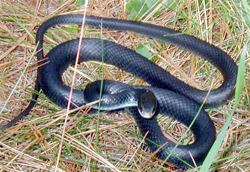
Frequently near water but also in brush, trash piles, roadsides, swamps, suburbia; it is the most common snake in residential neighborhoods in Florida. It spends most of its time on the ground, but it's a good tree climber and may be found in shrubs and trees where bird nests can be raided for eggs and chicks, as well as small adult birds such as finches, canaries, and thatchers.
Most racers prefer open, grassland type habitat where their keen eyesight and speed can be readily used, but they are also found in light forest and even semi-arid regions. They are usually not far from an area of cover to hide in.
Reproduction
Mating takes place in the spring, from April until early June. Around a month later the female will lay anywhere from 3 to 30 eggs in a hidden nest site such as a hollow log, an abandoned rodent burrow, or under a rock. The 8-10" (20–26 cm) long juvenile racers hatch in the early fall. Maturity is reached in approximately 2 years. Racers have been known to lay their eggs in communal sites, where a number of snakes, even those from other species, all lay their eggs together.
Symbol
The northern black racer is the state reptile of Ohio.
